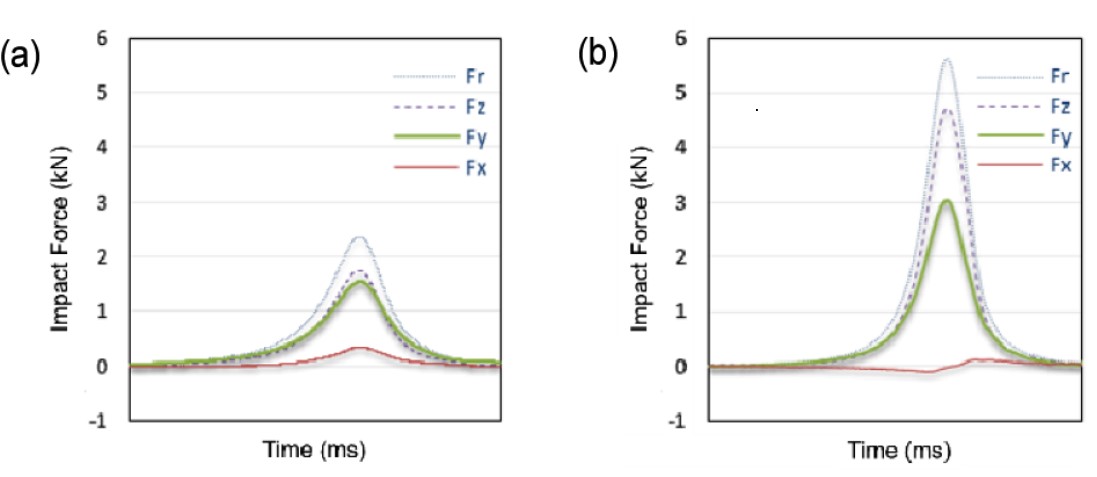이태용 (Taeyong Lee) 교수님의 연구 Force attenuation properties of shear-thickening polymer (STP)-based hip protector in simulated sideways fall 가 Journal of Mechanical Science and Technology에 출판되었습니다. 축하드립니다!
Journal DOI: https://doi.org/10.1007/s12206-020-1135-y
Abstract
Shear-thickening polymer (STP) has a unique property of increasing its viscosity with an increase in shear strain to attenuate the application of force, implying that it can be used as a material for hip protectors. This study introduces a new hip protector composed of STP and compares its force attenuation capacity to that of other commercial hip protectors in simulated sideways falls. The performance of the STP-based hip protector was analyzed against eight commercial hip protectors (Pelican, Posey, SafeHip, Hornsby, FallSafe, HipSaver, Impact Wear (Hard), Impact Wear (Soft)). The simulated sideways fall conditions were created by a drop weight impact testing system using an anatomical hip model. The machine was dropped from a 20 or 30 cm height resulting in impact energy of 25.1 J (low) or 44.1 J (moderate), respectively. At low impact energy, the commercial hip protectors showed an attenuation range from 21.6 % to 53.3 %, and the STP-based hip pad was able to attenuate the force by 42.7 %. At moderate impact energy, the commercial hip protectors showed an attenuation range from 23 % to 54.3 %, and the STP-based hip pad was able to attenuate the force by 32.6 %. The low coefficient of variance showed a high precision in the execution of the experiments. Although the STP-based hip protector was thinner than the average of commercial soft shell pads and retained comfortable fit, it showed comparable force attenuation capacity to the commercial ones for the low impact energy test. This study highlights that STP, in combination with a polyurethane foam layer, provides the best features in energy-absorption and shunting, showing that it can be used in hip protectors to gain a competitive advantage over others.
Self-efficacy and ego-resilience were shown as the important factors associated with adaptation in adolescent students. Accordingly, strategies to reinforce self-efficacy and ego-resilience should be developed and implemented at governmental and school levels in Laos. This study is of great significance in that it examines factors affecting student school adaptation and provides a basis for substantial education reforms.


